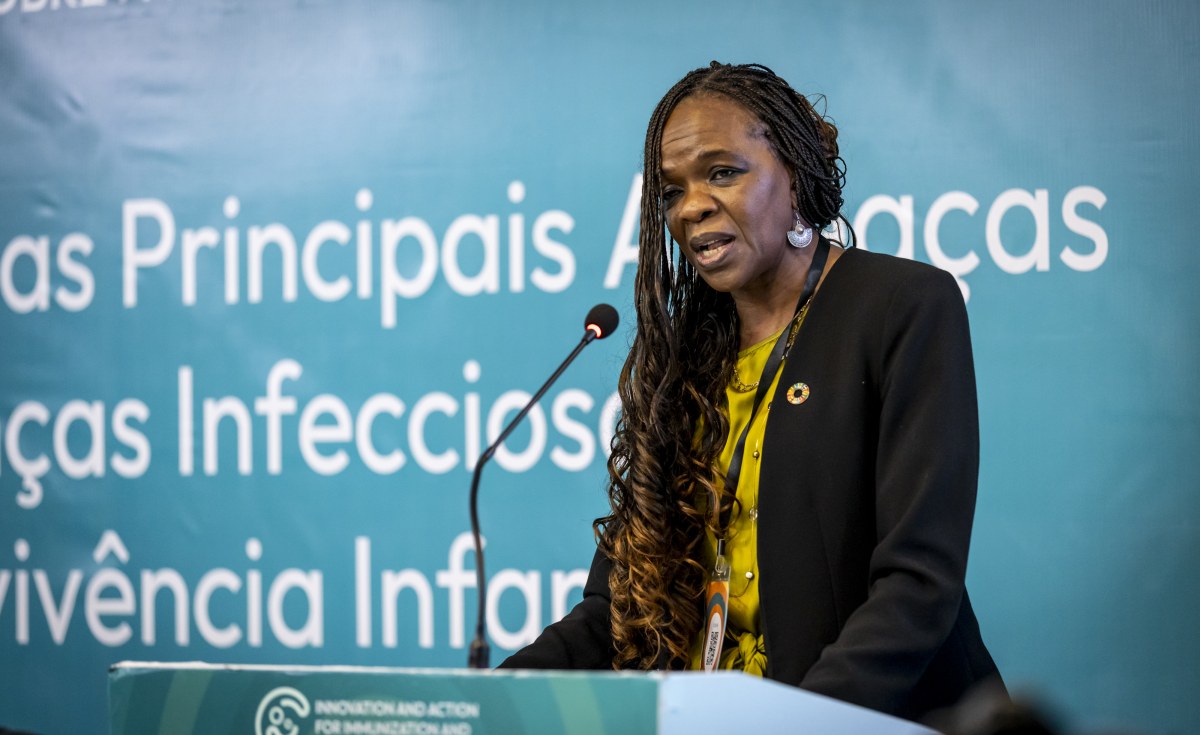Africa: Most Child Deaths Are Preventable So Why Are They Still Hpening?

Preventable Child Deaths Persist in Africa Despite Global Progress
Despite significant global progress in reducing child mortality, preventable deaths continue to claim the lives of millions of children under five, particularly in Sub-Saharan Africa. While global efforts have halved under-five mortality rates since 2000, a staggering 4.8 million children still died in 2023, equating to approximately 13,100 preventable deaths each day. This alarming figure highlights the urgent need for renewed commitment and targeted interventions to address the persistent challenges.
Disproportionate Burden in Sub-Saharan Africa
The vast majority of these deaths occur in low- and middle-income countries, with Sub-Saharan Africa bearing a disproportionate burden. The region accounts for 58% of global under-five deaths, despite representing only 28% of the world's under-five population. Common causes of death include treatable infectious diseases such as pneumonia, malaria, diarrhea, and meningitis, as well as complications related to preterm birth and malnutrition.
According to the United Nations Inter-agency Group for Child Mortality Estimation (UN IGME), children born in Sub-Saharan Africa are 18 times more likely to die before their fifth birthday compared to those born in Australia and New Zealand. This stark disparity underscores the deep inequalities in access to healthcare and essential resources.
Root Causes and Systemic Barriers
Beyond geographical disparities, significant inequalities also exist within countries. Conflict, fragility, food insecurity, and limited access to medical care contribute to higher under-five mortality rates. Families in rural areas, lower-income households, and those with less educated mothers face increased risks, exacerbating existing vulnerabilities.
Alison Parker, UNICEF's Deputy Regional Director for Eastern and Southern Africa, emphasizes the systemic barriers that perpetuate these preventable deaths. "The leading causes of child mortality are largely preventable and treatable, including pneumonia, diarrhoea, malaria, newborn complications, and vaccine-preventable diseases," Parker stated. "But what allows them to persist are systemic barriers: weak Primary Health Care (PHC) systems, limited access to essential services in remote or marginalized communities, underfunded PHC and immunization programs, and gaps in integrated interventions, including nutrition and water, sanitation and hygiene (WASH)."
Impact of Funding Cuts and Emerging Challenges
Recent funding cuts are threatening to reverse decades of progress in child survival. Reduced investment in vaccination efforts, HIV/AIDS treatment, and maternal health services are jeopardizing hard-won gains. Reports indicate clinic closures, dwindling supplies, and disrupted immunization campaigns in several countries.
These cuts exacerbate existing challenges such as displacement, conflict, disease outbreaks, and climate change, all of which limit children's access to adequate nutrition and healthcare. Experts warn that without renewed political will and financial commitment, millions more children may die from preventable causes, and progress toward reducing under-five mortality may stagnate or reverse.
The Imperative of Integrated Health Solutions
To achieve the Sustainable Development Goals (SDGs) by 2030, greater political will and urgent action are essential. The SDGs, set in 2015, call for all countries to reach an under-5 mortality rate (U5MR) of at least as low as 25 deaths per 1,000 live births and a neonatal mortality rate (NMR) of at least as low as 12 deaths per 1,000 live births by 2030.
According to Dr. Fatima Hassan, a public health specialist with extensive experience in Sub-Saharan Africa, "Addressing child mortality requires a multi-faceted approach that strengthens primary healthcare systems, improves access to essential services, and tackles the underlying social determinants of health." Dr. Hassan further emphasized the importance of community-based interventions, empowering women, and promoting education to improve child survival rates.
UNICEF's Role in Advancing Child Health
UNICEF, along with its partners, is actively working to address these challenges by delivering vaccines, building resilient Primary Health Care systems, expanding community-based PHC, and mobilizing political leadership and sustainable financing. "Saving children's lives is not only about knowing what to do, it is about ensuring the will, the resources, and the reach to actually do it," Parker explained.
UNICEF focuses on expanding access to life-saving vaccines and strengthening primary healthcare systems to ensure that every child and woman can access essential health and nutrition services, regardless of their location or circumstances. The organization works closely with governments, civil society, and communities to drive innovation, equity, and results to advance children's rights across the region.
Conclusion
While significant progress has been made in reducing child mortality globally, the persistent challenges in Sub-Saharan Africa demand urgent attention. By addressing systemic barriers, increasing investment in primary healthcare, and implementing integrated health solutions, it is possible to accelerate progress and ensure that all children have the opportunity to survive and thrive. The future of Africa's children depends on a renewed commitment from governments, international organizations, and communities to prioritize child survival and well-being.
Originally sourced from: AllAfrica
